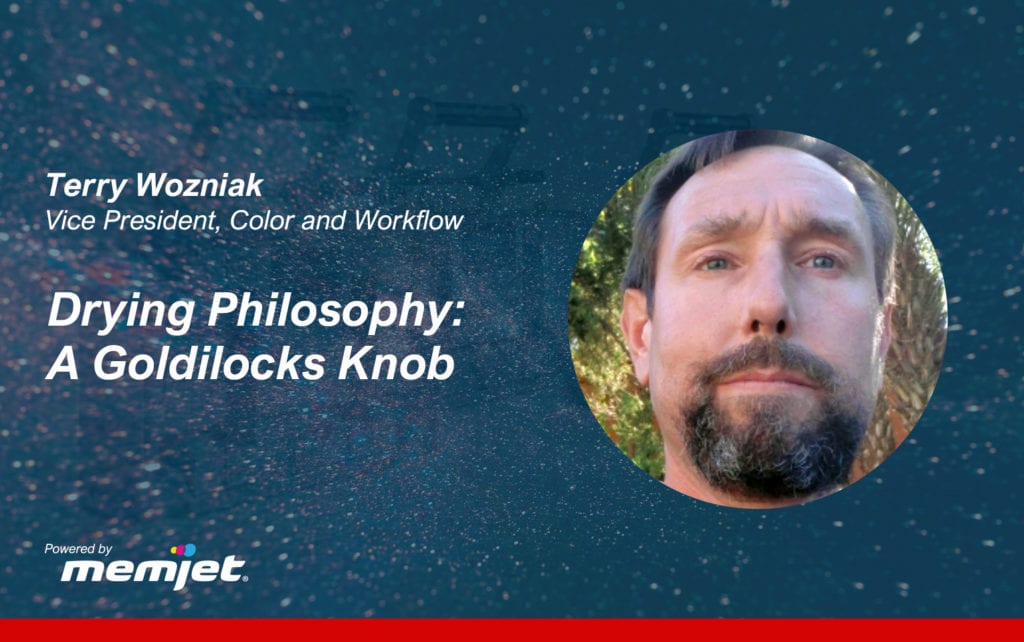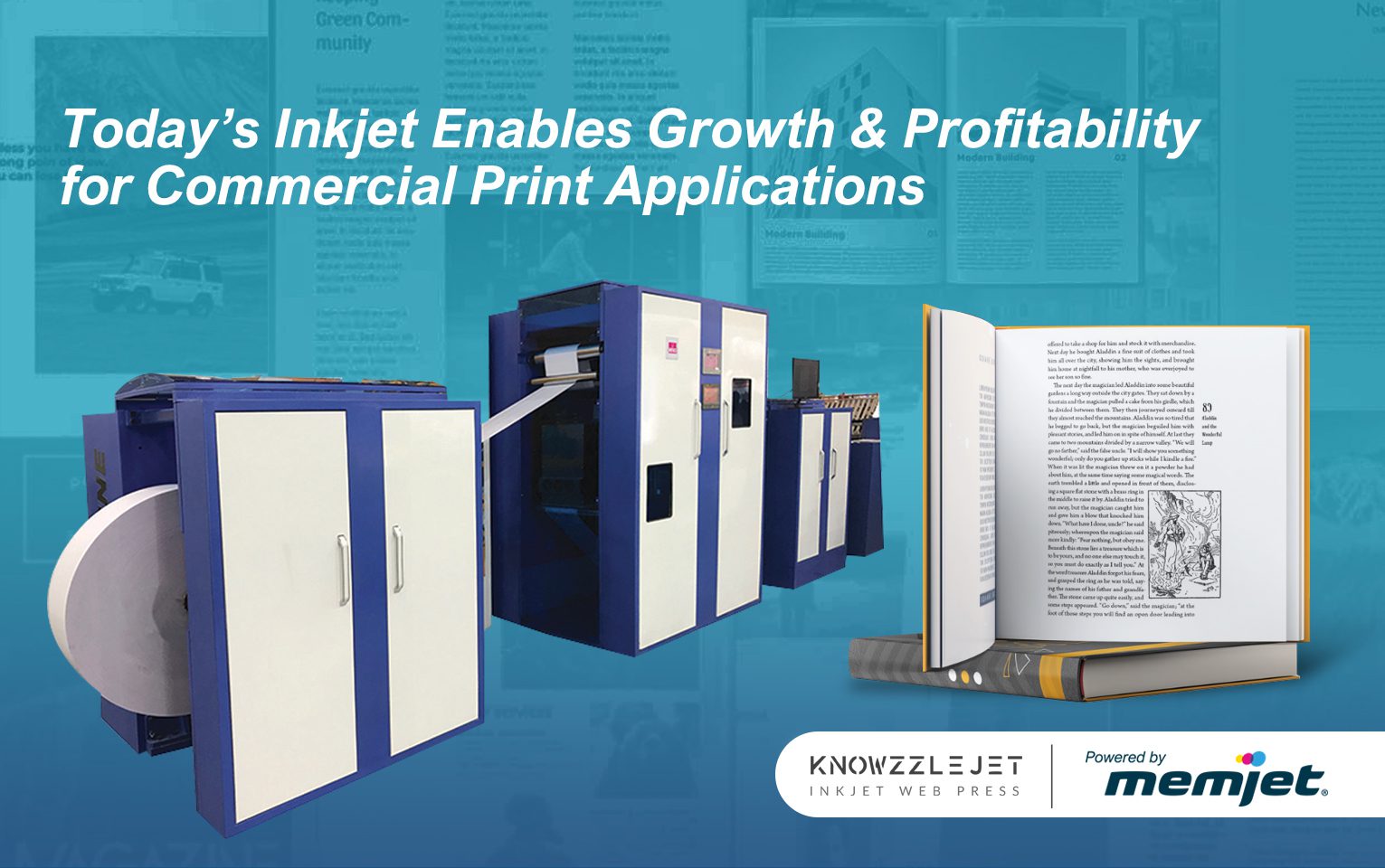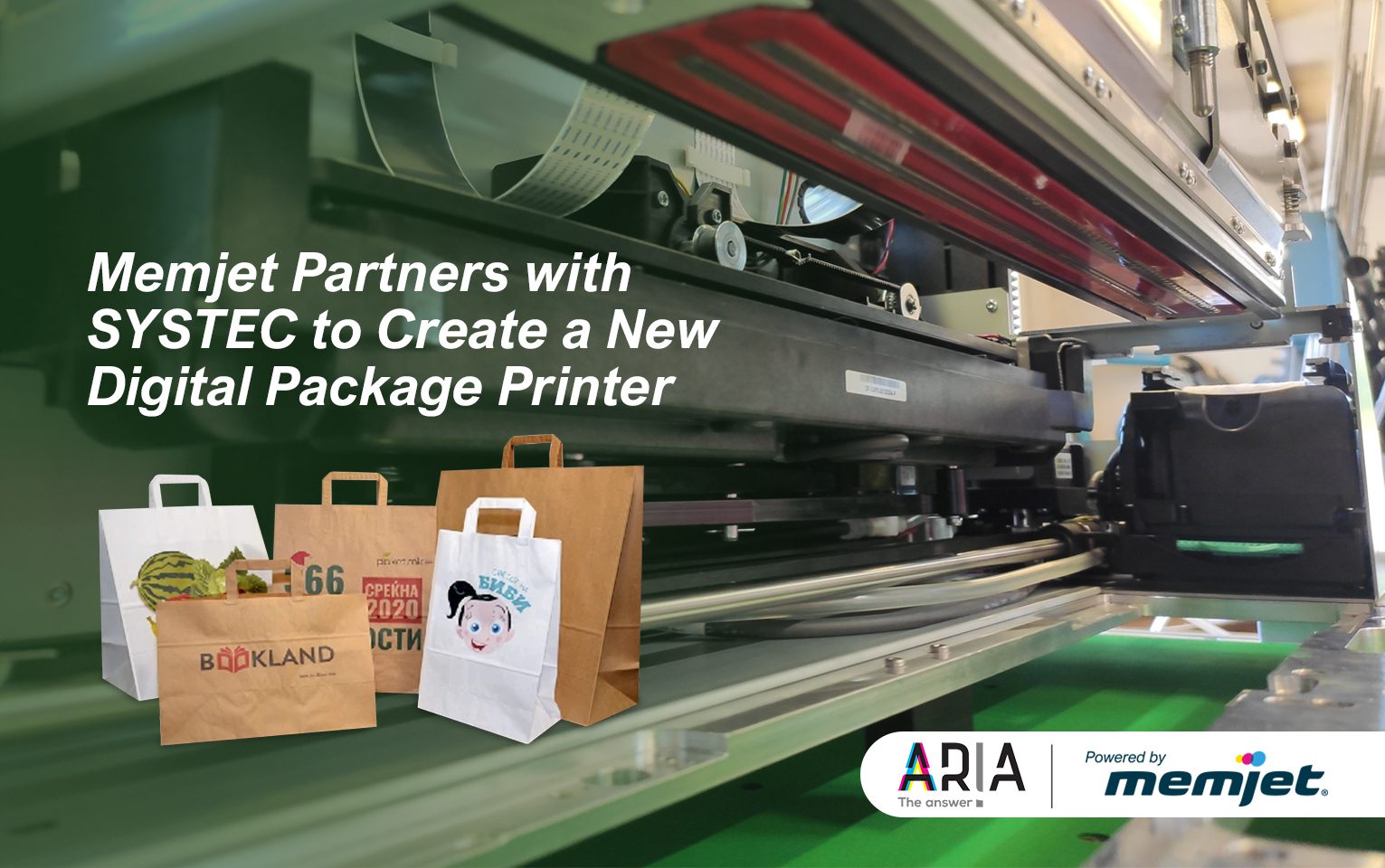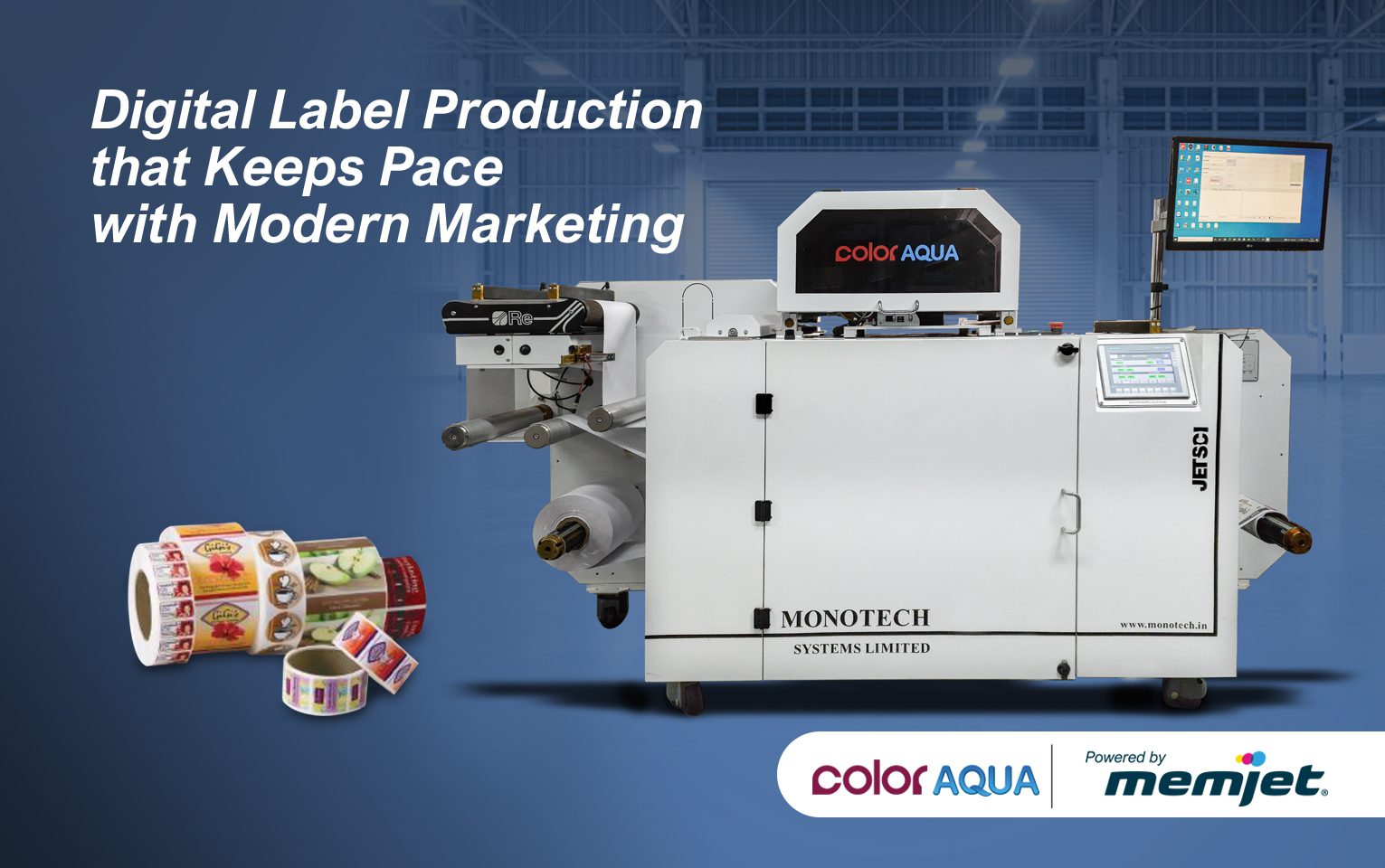By: Terry Wozniak, Vice President of Color and Workflow at Memjet

Very few people wake up in the morning excited about dryer technology, but dryers are often a necessary part of a system-level solution for high-speed, aqueous inkjet printers.
During the printing process, the water in aqueous ink can be removed in two ways. Either a porous surface or coating is used to absorb the water and allow it to slowly evaporate over time without impacting the print, or the colorants need to be immobilized as soon as they hit the surface of the print substrate and dryers are then used for rapid evaporation of the water.
Dryers become especially important for use with coatings and primers, which are now of high interest due to their ability to provide a much broader selection of media available and at a lower cost than the current selection of inkjet print-ready substrates.
Drying Strategy & Technologies
Several different strategies may be employed alone, or in combination to achieve the desired result. In some cases, when the media is porous, ink coverage low and/or speeds low, no drying may be needed at all. As the speeds and ink loads increase, and the media required is less porous, hardware must be added for proper drying.
Drying can be achieved with mechanisms as simple has hot air, or a heated belt or drum. As drying needs increase, infrared and/or near infrared may be part of a solution. More exotic technologies such as acoustic, microwave and radio frequency show promise, but lack wide adoption.
The right dryer solution can allow a system to reach its full potential in print speed as well as provide additional print durability per application requirements.
Drying Philosophy: A Goldilocks Knob
Not too much, not too little, but just right for the substrate – that is the challenge. And it is not just the dryer technology or settings that is challenging, it is the system integration and optimization too.
Too much drying, for example, can cause excessive curl – especially for paper-based substrates. If one side of the sheet is overdried, the fibers on that side shrink causing the sheet to curl. Various re-wetting solutions exist, but very similar to rice, once it has been boiled, it never quite returns to its original form.
Too much drying can also cause other paper deformations, excessive condensation, or even fire—colloquially known as rapid oxidation.
Too little drying can cause ink oversaturation leading to sags and creasing, nip roller rub off or backside ink transference.
The best option is to apply the right amount of energy at the right time constantly and consistently removing the added moisture — not too hot, not too cold, just right. Dryer settings for one substrate may not be right for another substrate. For example, a porous corrugate material printed with light coverage may not need much drying at all. A coated inkjet substrate printed with heavy coverage may require a moderate amount of drying. Glossy substrates printed at high speed with heavy ink loads tend to require the most drying.
Leading Development of Inkjet Technologies
A vast majority of equipment manufacturers have no experience with high-speed, aqueous printing and the systems surrounding it — especially for highly customized solutions.
As a leader in the development of inkjet printing technology, Memjet has invested in initiatives to expand knowledge around drying technology and the amount of drying power needed for applications produced on print systems Powered by Memjet.
Our base formula which includes things like media type, print density, print speed and resolution provides an on-going set of experiments as we continue to change the variables. Our capabilities reach beyond traditional paper and film-based applications and include more specialized applications using plastics, metals and even direct-to-shape applications where the surface is not flat.
The accumulation of wisdom gained from these experiments combined with our real-world experiences help our OEMs to mitigate technical risks during development to achieve faster time to market.
Explore Memjet’s printing technology.
Subscribe to Memjet on YouTube.



